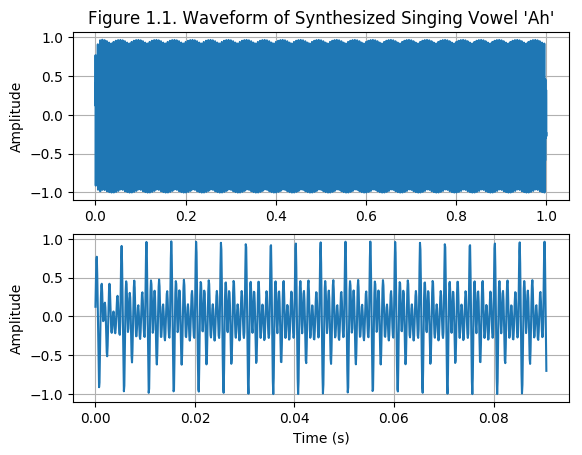| Homepage | Course content | Spanish |
What can I expect from this course?
- This course is research-project-based. As a result, in order to excel at completing all course goals, you will have to spend at least 10 hours of focused work per week on homework and developing your research project.
- Course goals are: to understand, develop, and use deep generative models for audio (and other signals).
- You will demonstrate that you have achieved the course goals by:
- Completing a series of homework exercises covering theory and software development for music information retrieval, processing of big datasets, and design and optimization of state-of-the-art deep neural networks
- Demonstrating knowledge of current research literature in the field by participating in class with insightful, critical, and creative perspectives about the latest developments in the field
- Conceiving a novel research question and carrying out a high-quality research project using the techniques used in the course
- Writting a research paper with your research findings
- Curating a github repository with clear and intuitive code that you used/wrote to develop your research paper
- Presenting your research project to the class at the end of the semester
- Final grade breakdown
- 45% Homework*
- 45% Final project (code, final presentation, and paper)
- 10% Participation in class and/or via the course subreddit
- Optional (but recommended if you have excelled at completing all course goals): submit your work to be included in an upcoming peer-reviewed publication, such as
*your lowest two homework grades will not be counted toward the final grade.
Example Generative models
Digital audio: review of fundamentals
Analog-to-digital conversion
-
Sounds are pressure waves moving over time and space.
-
The movement of pressure waves can be sensed by a membrane (i.e. such as the ones in a microphone) as they move through the membrane.
-
The membrane’s back-and-forth motions can be “digitized”.
-
Digitizing involves sampling and quatization.
-
A sampling rate comes with its Nyquist limit, which is half the sampling rate. Frequencies above the Nyquist limit will “alias” when digitized.
-
Digitization of a “time signal” requires the use of filtering to avoid aliasing of frequency content.
-
Exercise: draw the signal-flow diagram in an analog to digital converter. Include as much detail as possible.
-
After proper digitization, we end up with a “time-series” signal with an associated sampling rate, bit depth, and computer number format.
-
Stop and think: is the dimensionality of digital audio small or big? What are benefits and pitfalls that result from this? Is digital audio data dense or sparse?
The Discrete Fourier Transform (DFT)
- Analizing the content of a digital signal is hard in the time domain.

-
Very often, the most important content of digital time-domain signals relates to frequencies (i.e. pitch, envelopes, oscillations, etc.).
-
Fortunately, we can use the DFT to convert a discrete signal (or function) into a complex-valued function of frequency.
-
The DFT is a simple matrix-vector operation (dot product of the finite signal x(t) with each row of the complex-valued DFT matrix).
-
In the frequency domain, we can measure the magnitude (or energy, usually in decibels) in each of the frequency bins that we obtain after carrying out the DFT.

-
Figure 1.2 shows a spectrogram. What is the relationship between a spectrogram and the DFT? (and what about the FFT?)
-
Stop and think: does the DFT create or solve issues associated with the dimensionality of digital audio?
Homework 1: Digital audio and the DFT
due Feb 8th at 11:59PM (Eastern Standard Time)
- More things to do:
- Install in your personal computer a UNIX OS (i.e. WSL) and become familiar with a apps that are essential for the UNIX development environment (i.e. terminal, bash, pyenv with virtualenv, git).
- Find and read research papers that align with your interests in the proceedings of conferneces such as ISMIR 2021, CogMIR 2019, ICASSP 2021, DAFX 2021, or do a search on google scholar for keywords that better match your interests within the scope of this course.
© Iran R. Roman 2022